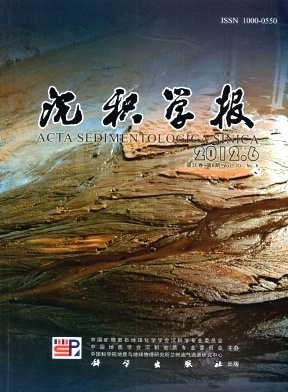Characteristics and Geological Significance of Seismites of the Doushantuo Formation in Xikou, Hunan Province
- Publish Date: 2012-12-10
-
Key words:
- seismites /
- seismic structure /
- seismic sequence /
- geological significance /
- Doushantuo Formation /
- Ediacaran
Abstract: Autochthonous seismites of the Doushantuo Formation have been discovered for the first time in Xikou, Cili County in Hunan Province. Based on the profile measurement, detailed observations and description, combined with the analysis of the tectonic background, many typical seismites soft sedimentary deformation structures have been recognized, such as: faultgraded, liquefied carbonate vein, liquefied breccias, convolute deformation structure, waterescape structur and seismofolds, and so on. The vertical sequence of the seimites is underlying unshocked layer, synsedimentary microtracture (faultgraded), microcorrugated layer, vibrational liquefaction layer, liquefied breccias layer, liquefied homogenization layer and overlying unshocked layer from down to up. The horizon of the seismite shows a good contradistinctive relation in time and space. It suggests that in the Doushantuo Period, strong and frequency seismic activity occurred in study area, the nature and activity of earthquake fault varied with different phases. Tectonic activity which accelerates the organic carbon the oxidation is beneficial to development of organisms and also helpful to the phosphate accumulation. In addition, wellkept paleoseismic records are of great significance to deduce the sedimentary environment.
| Citation: | Characteristics and Geological Significance of Seismites of the Doushantuo Formation in Xikou, Hunan Province[J]. Acta Sedimentologica Sinica, 2012, 30(6): 1032-1041. |






 DownLoad:
DownLoad: